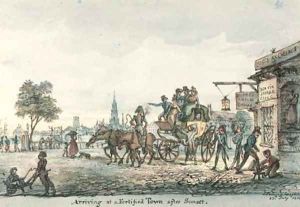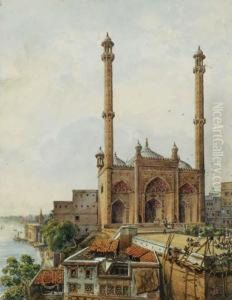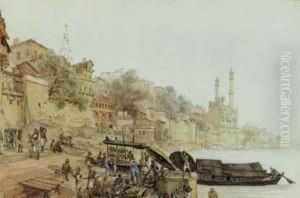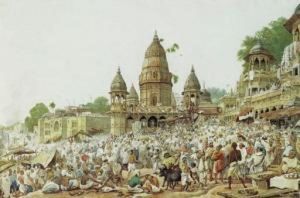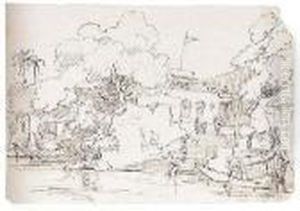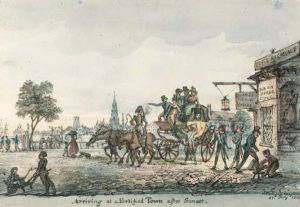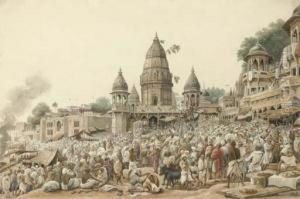James Prinsep Paintings
James Prinsep was an English scholar, orientalist, and antiquary, best known for his contributions to the decipherment of ancient Indian scripts. Born on August 20, 1799, in Thatcham, Berkshire, England, he was the son of John Prinsep, a wealthy East India Company merchant, and his wife, Sophia Elizabeth Auriol. He grew up in a family that was deeply involved with the British presence in India, which would later influence his career choices and scholarly pursuits.
Prinsep was educated at the Charterhouse School in London, where he showed an early interest in chemistry and the mechanical arts. In 1819, he traveled to India to work for the East India Company and was appointed to the Bengal Civil Service. His talents, however, soon led him to the position of assay master at the Calcutta Mint. It was during his tenure at the Mint that Prinsep's interest in Indian culture and history deepened, as he had access to a variety of coins and inscriptions that piqued his intellectual curiosity.
Beyond his administrative duties, Prinsep engaged with the local culture and languages, learning Sanskrit and other regional languages. He became a key figure in the Asiatic Society of Bengal and contributed to its journal. His most notable academic achievement was the decipherment of the Brahmi script, which was used in the earliest known Indian inscriptions associated with the Mauryan Emperor Ashoka. Before Prinsep's work, the script had been unreadable to modern scholars, and his breakthrough in the 1830s marked a significant advancement in the field of Indian epigraphy and history.
Prinsep's health began to decline due to the tropical climate and the intensity of his work, and in 1838, he returned to England in hopes of recovery. However, he died on April 22, 1840, in London, prematurely ending a career that had the potential for even greater scholarly contributions. Although his life was short, his work had a lasting impact on the study of Indian history and culture. Today, James Prinsep is remembered for his dedication to the study of India's past and his role in deciphering its ancient scripts, which opened up a new chapter in the understanding of the subcontinent's rich heritage.
